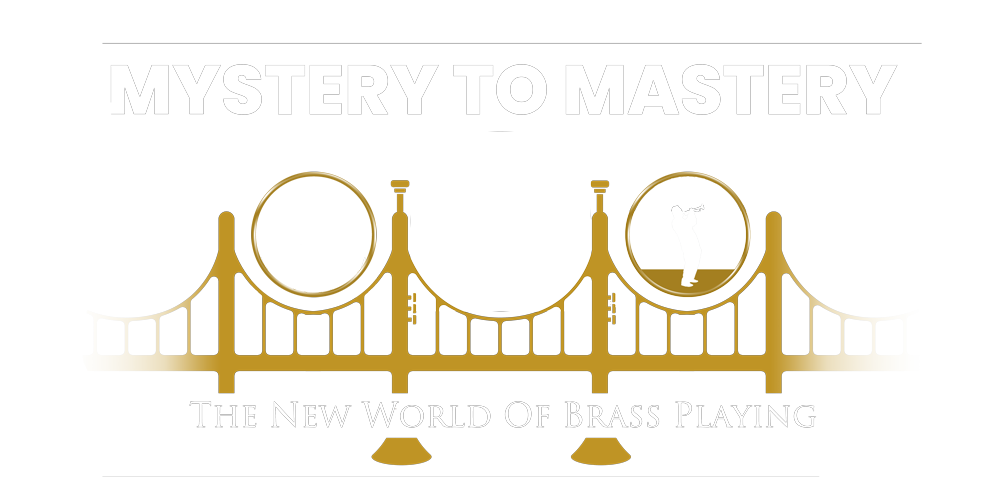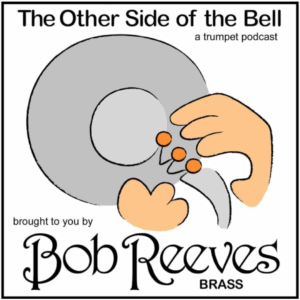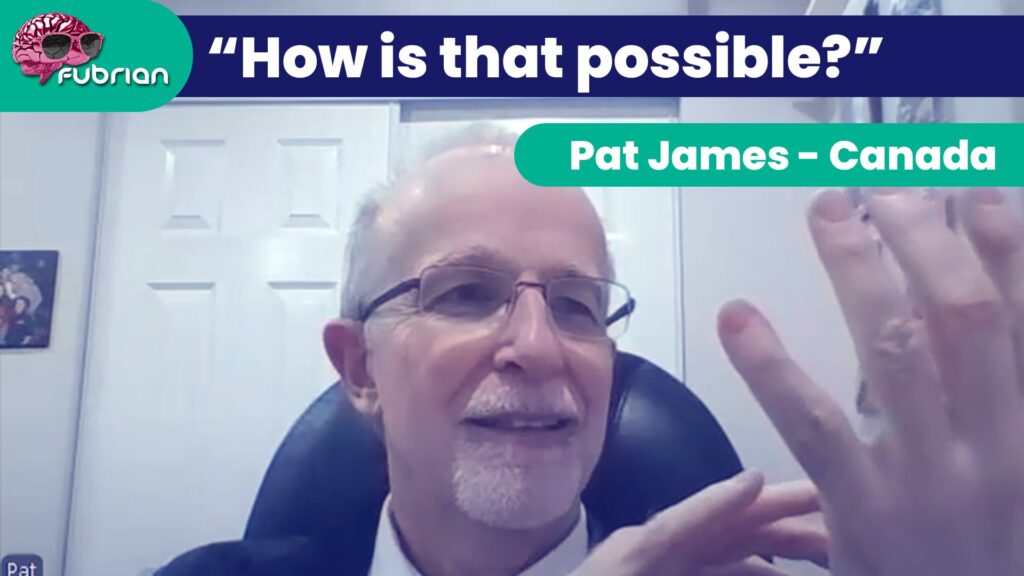TRUMPET LESSONS
If You Blow, You Lose!

10 Proven Steps For Effortless, Better Sounding Trumpet Playing
If you practise 3+ times a week but want to throw your horn under a bus, our proven 10 Step strategy shows you exactly where you are going wrong and why you are losing the brass playing battle.
GREAT RESULTS OFTEN IN UNDER AN HOUR – GET YOUR FREE ACCESS



"I applied some of your learning process things and had a huge breakthrough. Easier flexibility, bigger sound and for so much less work." T.L.
- Free Week Of Lessons
- High End Technical Development
- Fast Results
Trumpet Lessons Haven't Changed in Decades
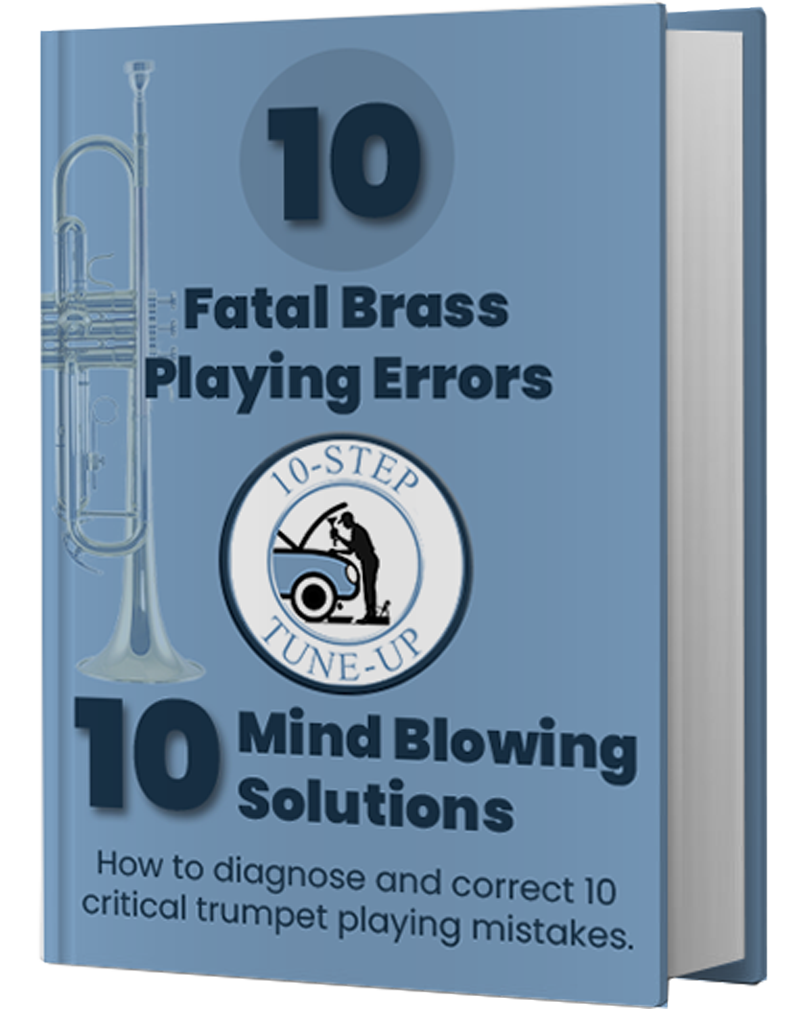
Trumpet Lessons Haven’t Changed in Decades; same basic exercises, same predictable mistakes, same “Brass Playing is Hard Work!” feeling; and the trumpet wins…
With 30+ years of research, we discovered 10 substantial improvements to Play Easier, Sound Better, and FINALLY show your trumpet who’s in charge!
How To Conquer The Trumpet
DOES THIS SOUND LIKE YOU?
Let’s take a wild stab into the depths of your brass playing despair:
• Lack of consistency and confidence
• Range/Endurance (closely related)
• Sound issues
• Performance Anxiety
• Annoying technical flaws
• Playing going backwards the more you practice
• Massive frustration
How did we go?
You get trumpet lessons, practice for hours, but your playing still feels inconsistent.
You’re forcing notes, struggling with endurance, and wondering if there’s a better way.
You’re not alone! Most brass players reach this point because they’ve been taught the wrong habits. CLICK HERE FOR SOLUTIONS
Not More Testimonials?!
MORE RANGE – LESS EFFORT

A10 CREW – Verified Customer

MAX – Verified Customer

MICHAEL – Verified Customer
Here’s a couple of our million awesome testimonials, but let’s face it, you’re probably thinking, “So what?!“
You won’t really know how good we are at solving your playing problems until you’ve experienced it for yourself. So rather than wasting your time looking at everyone else’s “Look at how lucky I am” statements, click the link and find out what all the fuss is about!
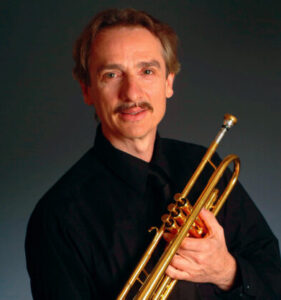
Allen Vizzutti: Trumpet Legend
“Mystery to Mastery” by Greg Spence, is a wonderful addition to the trumpet player and trumpet teacher’s literature. It is concise and logical. All teachers’ will welcome such an organized and functional program. I HIGHLY RECOMMEND IT!”
Stop Falling For The Brass Playing Myths
Smile To Play Higher Notes
Arguably the most destructive advice ever given to a brass player.
You Must Blow The Trumpet
You blow out candles and you blow your nose. The idea of “Blow” is killing your playing.
You Must Buzz Your Lips
Your lips vibrate freely when you use the correct muscles in the right way.
Shocking Results With World-Class Pros
“That was so powerful for me, Greg, I can’t thank you enough!”
Johnny Christmas - Reel Big Fish
World-Class Professional Player
Explore Greg Spence’s Trumpet Books
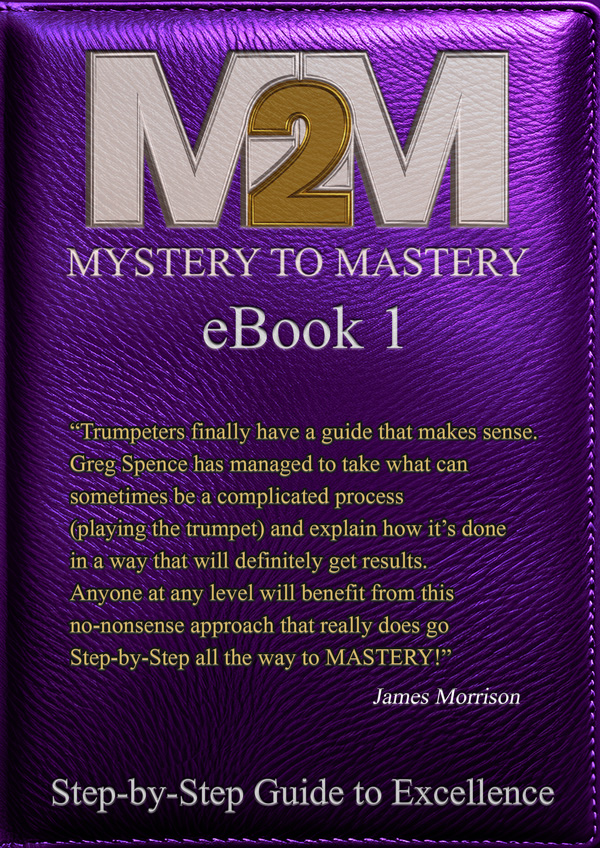
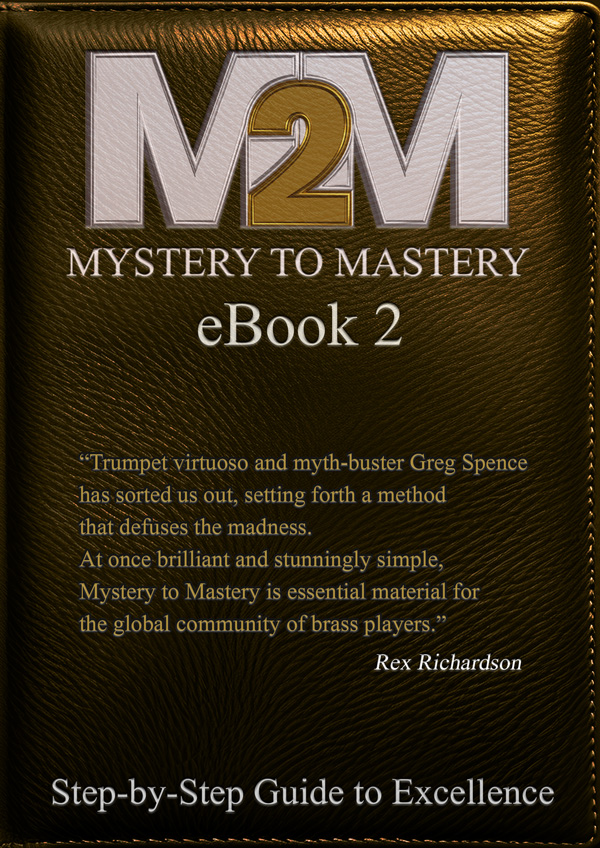
Packed with decades of performance insights and technical research, Greg’s trumpet books are the perfect way to start understanding the principles of efficient, effortless playing.
But remember: Trumpet books can teach you what to do; only WindWorks shows you how to transform your playing for life.
We've Been Around The Block
A Trumpet Player, An Expert Educator, And A Life Coach Walk Into A Bar
After decades as one of Australia’s most in-demand professional trumpet players, Greg Spence is sharing a smarter way to play and a faster way to learn.
Through a blend of psychology, anatomy, physics, and decades of teaching experience, he created a platform that helps players master their instrument.
As Greg travels the world as a performer and player mentor, he inevitably ends up in a bar, hearing the woes of high-level professionals secretly sharing their playing and performance challenges.
He has the experience and knowledge to get you through the tough times.
5 Star Reviews From Those That Care And Share
EXCELLENT
A Program That Simplifies The 4 Stages Of Development
LOW REGISTER
Covering Low C – Middle G
Explore the MTM fundamentals of playing and integrate them into your playing
MIDDLE REGISTER
Covering Low F# – High G
Expand your techniques with focus on avoiding manipulation
HIGH REGISTER
Covering Pedals – High E
Develop advanced techniques at all volumes with confidence and ease.
ALTISSIMO REGISTER
Covering Pedal C – Double High C
Play like the best in the world with half the work!
UPCOMING INTERNATIONAL EVENTS

Greg is presenting a masterclass May 26-30 (2026) Rochester, USA @ ITG 50th Anniversary – Eastman School of Music NY

If you’re fighting a losing battle, learning our 10 SECRET STEPS is the RIGHT DECISION!
You Won’t Believe How Powerful This Learning Technique Is…
PRO - LIFE CHANGING LESSON
“That was so powerful for me Greg, I can’t thank you enough.”
JOHNNY CHRISTMAS
PRO - PROBLEM SOLVING
“You truly are a real magician, doctor and of course a great musician!!! I’m on the road thanks to you.”
RENAUD GENSANE
I'M JUST THRILLED
“There is nothing like this any place else. It truly is effortless.”
MIKE – WindWorks Member
A WHOLE NEW WORLD
“This is like a dream come true, I’m hitting stuff I never would of thought of.”
MARTIN – WindWorks Member
SIMPLE FOCUS TO A
GREAT OUTCOME
“I had the most nicest and enjoyable time in band since I joined the community band.”
PETER – WindWorks Member
I WAS SCEPTICAL
“Now I have a bigger sound and playing the trumpet is half as much work as it used to be.”
STU – WindWorks Member


